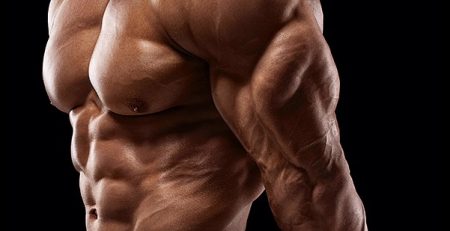Peptides: Application in Sports
Peptides
From a biochemical perspective, they are organic molecules consisting of many amino acids joined by amide bonds. All protein molecules are composed of similar chains of amino acids. Peptides and proteins differ primarily in that peptides are composed of a small number of amino acids and do not have complex three-dimensional structures.
The peptides used in sports are made in labs using genetic engineering techniques. Thanks to technological developments, peptides may currently be manufactured in about 1,500 distinct forms. Some have exceptional results while focusing on strength and injury recovery, as well as when increasing, decreasing, and leaning weight. However, not everyone matters in athletics. They stimulate angiogenesis, improve the metabolism of fat, protein, and glucose, and have a rejuvenating effect that results in skin and hair that appear better. Numerous products strengthen the ligament and joint system, increase bone density, protect the heart, and encourage the body’s natural production of testosterone.
What Are The Possible Benefits For Athletes Using Peptides?
It is possible to achieve positive changes in body composition by improving the metabolism of proteins, fats, and carbohydrates. Both the rate of fat burning and the amount of dry muscle mass gained are increased. The percentage of skeletal muscle mass increases, whereas the percentage of fat tissue consistently decreases.
Muscles receive more nourishment as their metabolism of fat and carbohydrates improves. Rapid energy replacement protects contractile proteins from degradation and preserves muscle glycogen. Several peptides block the anti-catabolic action directly. You can use high-intensity training methods, reduce the amount of time you rest in between sets, do more work sets and repetitions, and improve your training by refuelling your body right away.
Peptides are helpful in high-endurance sports (cycling, athletics) because they improve tolerance to both aerobic and anaerobic exercise. Stimulating angiogenesis, or the formation of new arteries that supply the muscles with nourishment and oxygen, will also be advantageous. Peptides help to rapidly increase power and velocity. Weightlifters, powerlifters, and lifters of all levels utilise peptides to increase their single maximum, peak strength, and power endurance. Cyclists and sprinters utilise peptides to record their speeds.
Prevention and Recovery of Injuries
Two of the primary goals of using peptides are injury prevention and injury rehabilitation. Muscle growth usually exceeds the rate of ligament and tendon strengthening throughout an AAS treatment, which explains the tendency towards injuries and persistent joint discomfort. Peptides strengthen the ligament and joint system, allowing you to continue training without having to take time off for recuperation. Growth hormone has the same effect, however, taking peptides in a course is significantly less costly.











Leave a Reply